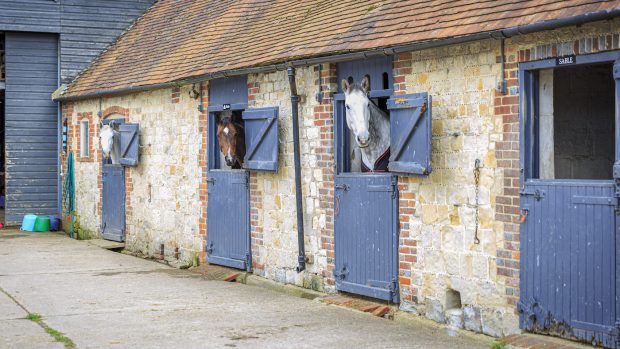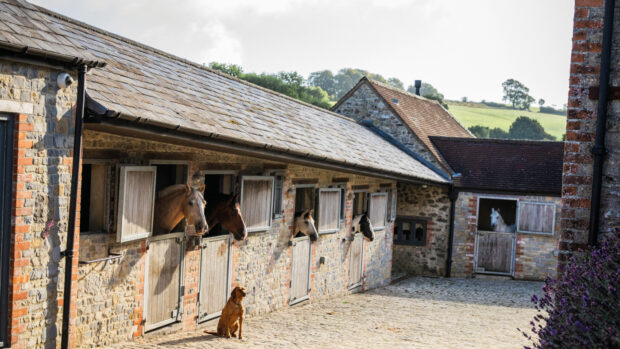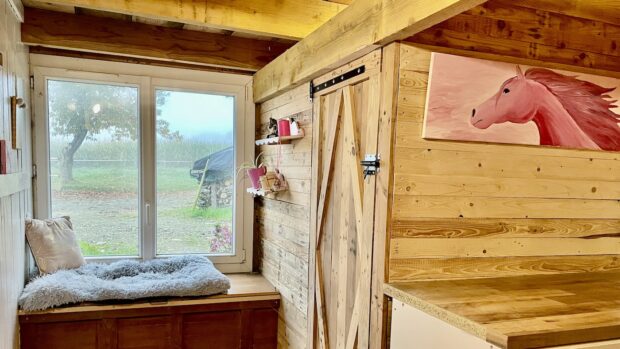Q. I have a barn on my 10-acre field and would like to convert it to internal stables so I can take on some liveries to help pay for my two horses.
Could you tell me if this will work out cheaper than building new stables and will I still need planning permission?
Angela Barnes of Redmire Stables and Buildings Ltd replies: Internal stabling systems are labour-saving and mean yard work is done under cover. They can be either purpose built or a conversion.
Changing existing buildings is usually cheaper than erecting new ones.
The unexpected rule that catches most people out is permission for change of use of a building.
If you wish to change the internal structure of your building and not the outside, you will still need planning permission.
This also applies to stabling or coach houses that have previously been converted to housing, if you should decide to return them to their original status.
Get in touch with your water board and local county council regarding drainage for the building.Councils differ from area to area.
Find out how often they deal with equine planning applications and if they comprehend horses’ needs.
With converted old buildings, ceilings are usually quite high, which helps with larger volumes of air and the horse’s general surroundings.
It is important to have a sufficient airflow serving the stables themselves, as badly designed indoor buildings can become unhealthy during the summer and dank and oppressive in the winter.
Internal stabling does have its disadvantages.
Infections spread rapidly in shared airspace, so you’ll need alternative arrangements for isolating horses if necessary.
Also, fire is harder to contend with when your horses are all under one roof.
Some owners drive tractors through largeinternal stabling as a labour-saving method.
The fumes from the exhaust can be highly toxic so it’s far better to use a large hand pulled trailer. These are more environmentally friendly and safer.
Angela Barnes is marketing director of Redmire Stables and Buildings Ltd in West Sussex.
For technical advice or details of the range, call Redmire on (01403) 785 508 or visit: www.redmire.co.uk
Read more stabling advice:



